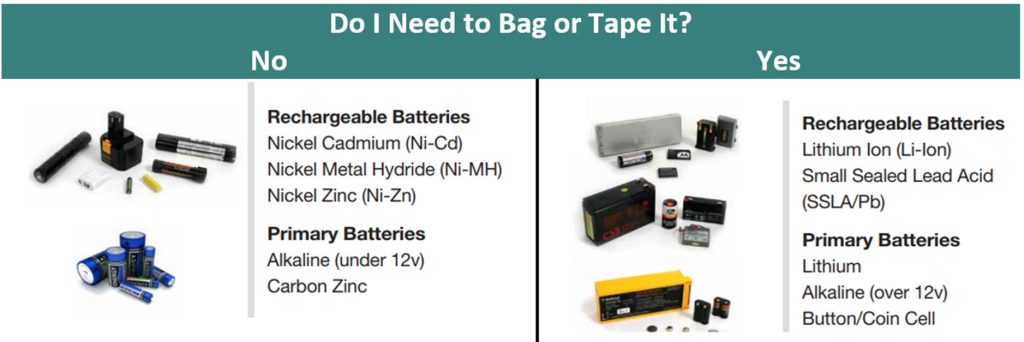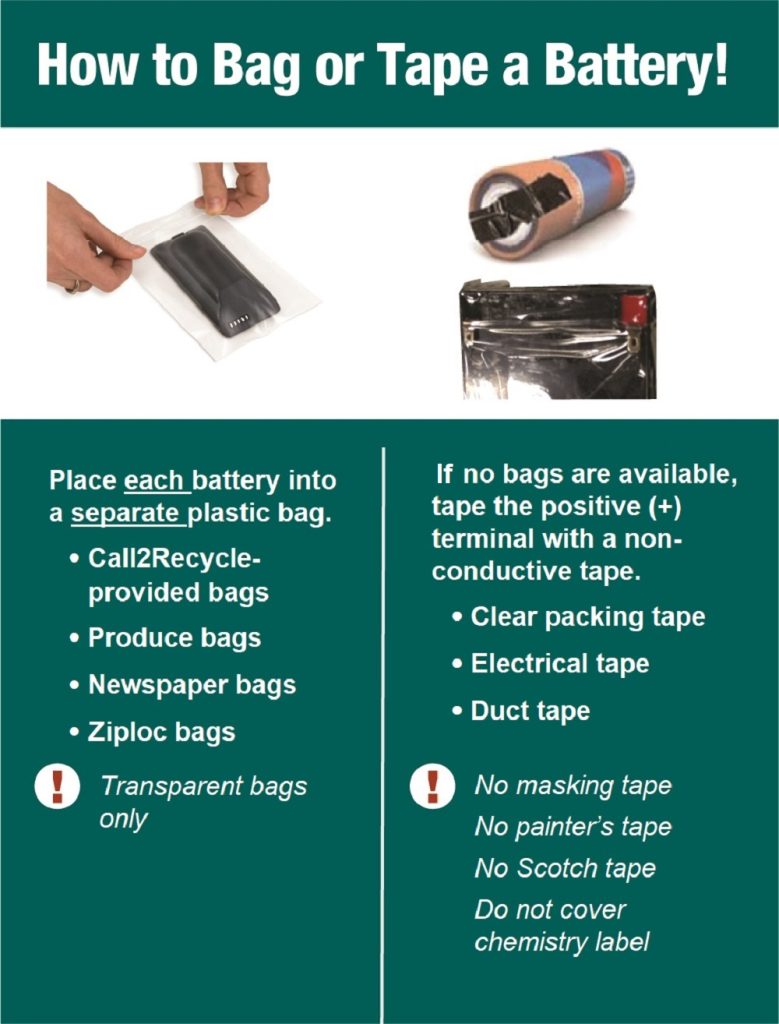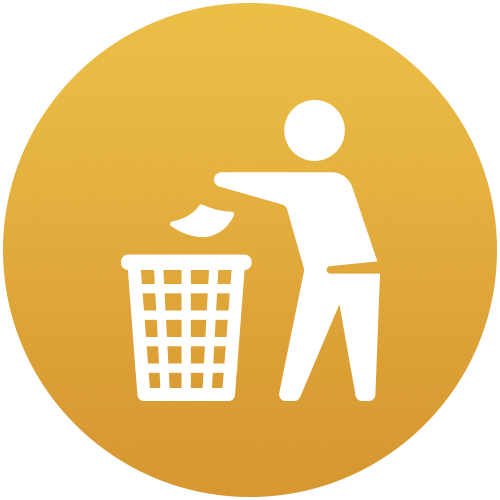Batteries make our lives more convenient and are considered safe to use, however, under some circumstances you may encounter batteries that look a little off. Such batteries might be swollen, corroded, leaking, or showing burn marks. These are not healthy batteries, and they must be handled and disposed of properly. Do you know what to do with batteries like these? A little battery safety knowledge goes a long way!

Battery Chemistry and Safety
If you ever encounter damaged, defective, or recalled (DDR) batteries, the first thing to do is check the battery chemistry. While most battery chemistries (e.g., Alkaline, Nickel-Cadmium) showing signs of damage can be recycled safely using the same processes as non-DDR batteries, damaged lithium metal or lithium-ion batteries are considered hazardous and require special handling.
Lithium-ion batteries (rechargeable) and lithium metal batteries (non-rechargeable) are often found in electronic devices, laptops, cameras, and even power tools. Signs that these batteries are damaged include noticeable bloating or swelling, cracks, corrosion, or anything leaking from the battery. These batteries should be handled with extra precaution.
If you are unsure what type of battery you are dealing with, Call2Recycle Canada can happily assist you with the identification.
What to do with a damaged/defective/recalled lithium or lithium-ion battery?
If you have identified a DDR lithium or lithium-ion battery:
- DO NOT throw it in the garbage. Not only can these batteries contaminate the local environment when they enter landfills, but they may also cause dangerous fire incidents.
- DO NOT place DDR lithium or lithium-ion batteries into Call2Recycle collection boxes.
- Place the battery in a clear plastic bag (one battery per bag).
- Safely store the bag by placing it into non-flammable material, such as sand or kitty litter.
- Check for recalls. You can check Health Canada’s Consumer Product Safety information, the manufacturer’s website, or contact the retailer you purchased it from to see if the battery has been recalled. If it has, follow the instructions provided.
- If there has been no recall, take the battery to your nearest IWMC Waste Watch Drop-Off Centre. IWMC staff will place the battery into a specially protected DDR container, for safe and compliant shipment to a recycler.


Other Battery Safety Tips
- Always wear protective gloves when dealing with a damaged battery to avoid corrosive metals from harming your skin.
- To help prevent batteries from deteriorating and becoming a safety hazard, store them in cool, dry conditions, ideally in their original packaging.
- Do not store batteries in metal containers, or in places where they might come in contact with loose metal objects like keys, tools, etc.
When dropping off batteries at an IWMC Waste Watch Drop-Off Centre or another Call2Recycle authorized collection drop-off site, remember that certain battery types require terminal protection to avoid a spark. To protect a battery terminal, the battery must be placed into a clear plastic bag (refer to the diagram above for chemistry types that require terminal protection). If no bags are available, you can tape the positive (+) terminal with non-conductive tapes, such as clear packing tape, electrical tape, or duct tape. Please don’t cover up the battery’s chemistry label.
Now that you are a battery safety expert, you can find your nearest IWMC Waste Watch Drop-Off Centre and drop off any stored batteries you have starting today!
For more information on battery recycling or to find Call2Recycle drop-off locations, please visit Call2Recycle’s website or call IWMC Customer Service Center toll-free at 1.888.280.8111.




